9 Annual Flowers That Bloom All Summer Long
This curated pick of show-stopping annuals will fill out your garden beds, containers, and hanging baskets until the end of summer.
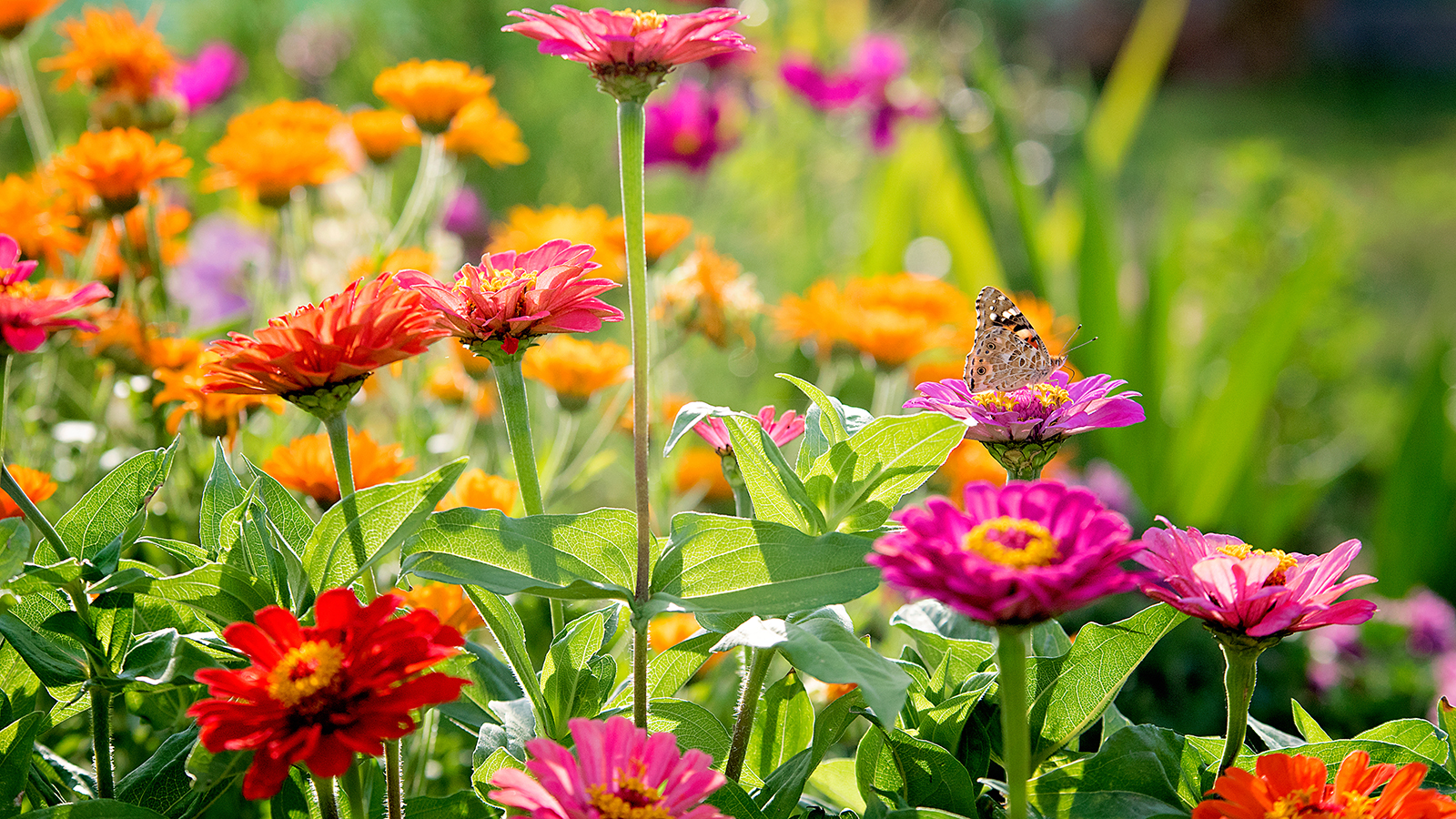

Melanie Griffiths
Summertime means bloom time. Flowering annuals and perennials are bursting with color, fragrance, and texture while providing a feast for our busy pollinator friends.
Both annuals and perennials have their place in the landscape. Annual flowers that bloom all summer won't live to see the following year, but they will work hard when they are at their peak, and allow you to experiment with each season.
Perennials come back every year but often have shorter flowering periods. Once they’ve bloomed, that’s it for the year. Gardening with annuals bridges the gap between the perennial hiatus, providing continuous color through the rest of the season.
When used cleverly, annuals have wonderful camouflaging properties, hiding less attractive perennials post-bloom. They fill gaps in borders and are staples of container gardens. Annuals are often easily started from seed, cheap to grow, and low maintenance.
Our pick of annual flowers that bloom all summer are ideal as bedding plants and for filling gaps in borders. Many are also suitable for containers and as hanging basket plants.
1. Nasturtiums
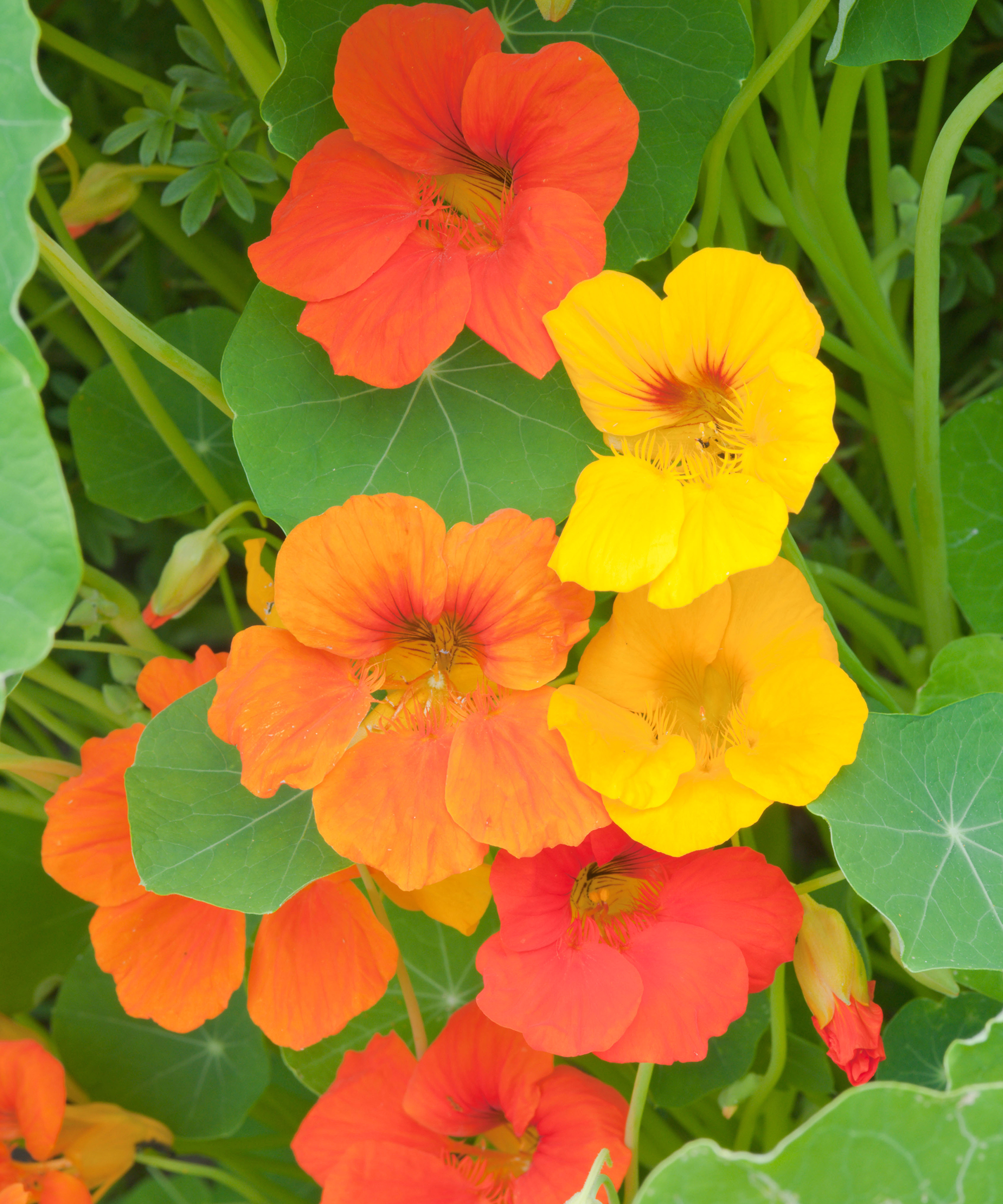
Nasturtiums make a joyful addition to the garden with their orange, yellow, and red-tinged blooms perched atop unique veined green-to-variegated foliage.
The traditional nasturtium, Tropaeolum majus, is one of the most popular edible flowers, adding a peppery, colorful nuance to salads. While Tropaeolum minus is a dwarf variety.
Gardening tips, videos, info and more delivered right to your inbox!
Sign up for the Gardening Know How newsletter today and receive a free copy of our e-book "How to Grow Delicious Tomatoes".
Plants may be either trailing or clumping, but all varieties love full sun.
Add nasturtiums to the vegetable garden to utilize their other attribute: repelling pests. They make a terrific companion plant for brassicas like broccoli, cauliflower, and cabbage.
2. Snapdragons
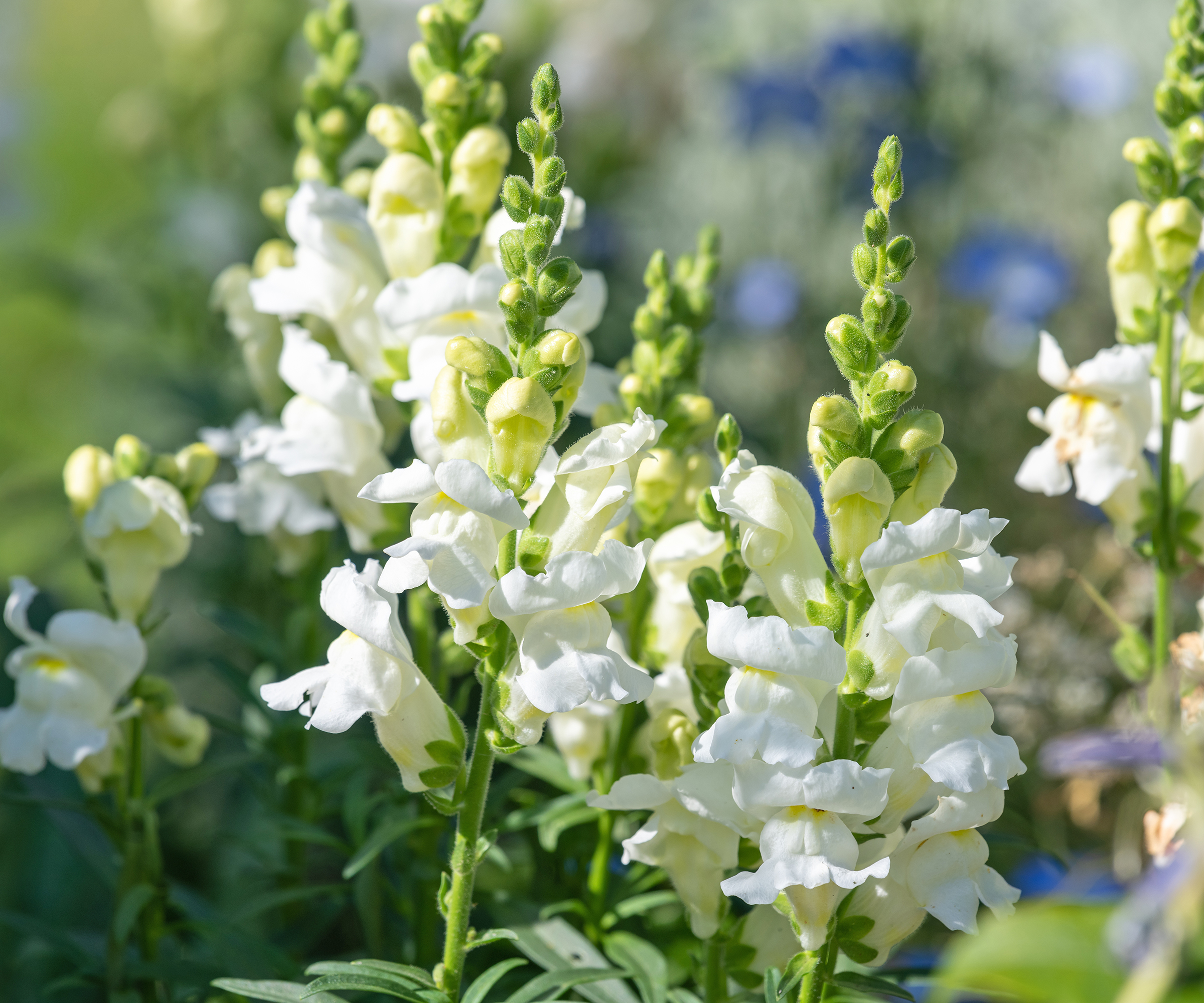
Snapdragons (Antirrhinum majus) are as resilient as their spicy common name. With a flower face said to resemble that of a snarling dragon, they come in combinations of red, orange, yellow, white, and pink.
While mostly sold as annuals, snapdragons can be grown as short-lived perennials in USDA planting zones 6-11. In the Southern USA, snapdragons are cool-season bloomers but in the northern region of the country, they will bloom from spring until fall.
The flowers will also seed prolifically, so even in cooler climates they will reliably return each season.
3. Zinnias

Who couldn’t love the saturated jewel tones of the zinnia flower? There’s nothing like viewing a sea, or flower bed, of zinnias in bloom. And luckily they bloom from spring through fall.
Zinnias are easy to grow – sow seeds directly into the flower bed – and come in many varieties.
"Benary’s Giant" zinnias are terrific cutting garden flowers and pollinators flock to them. They produce 3-4 inch (8-10cm) blooms on about a 4 foot (1.2m) plant.
4. Petunias
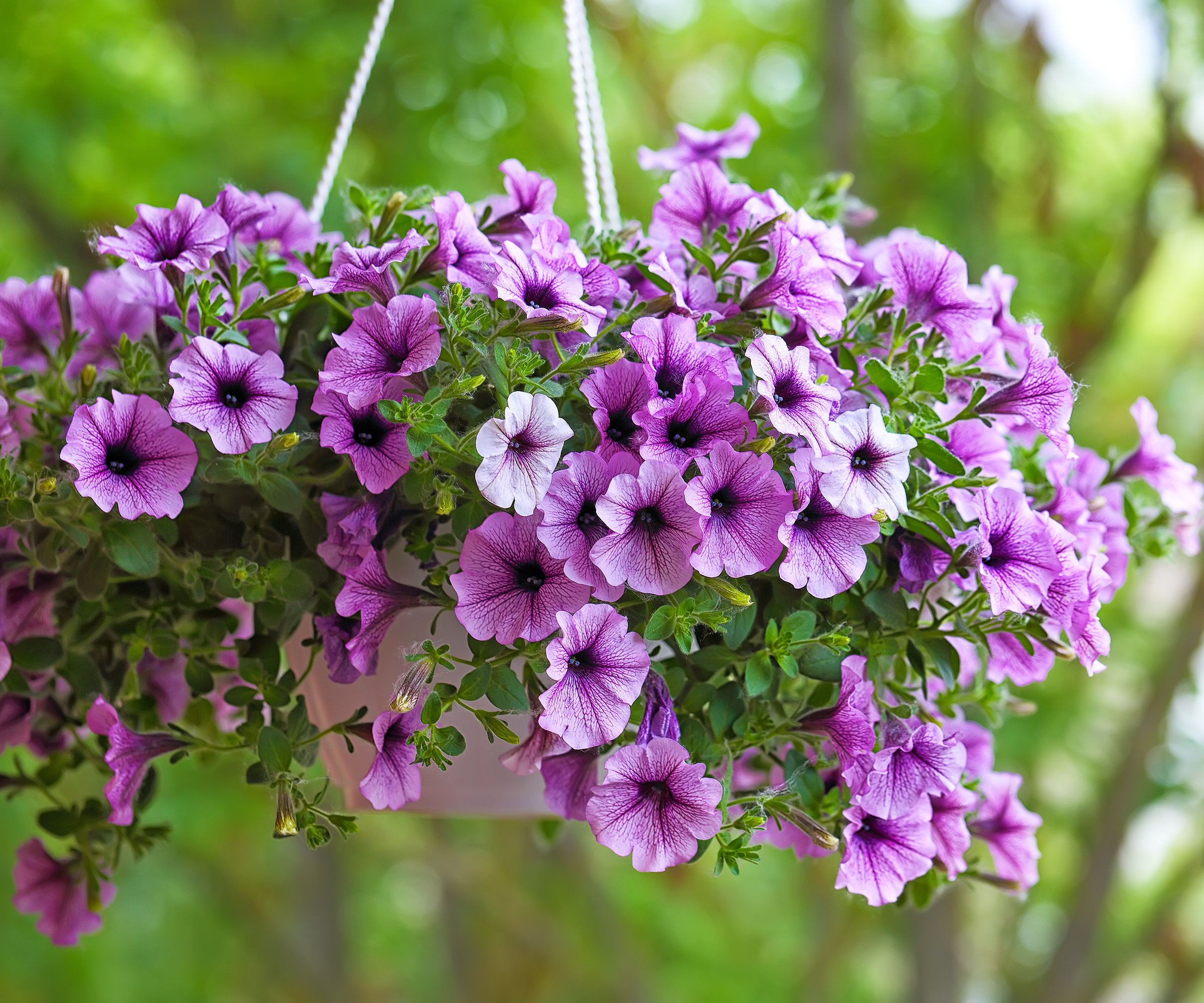
Petunias are old-fashioned favorites that in modern times have been hybridized to produce varieties with bigger blooms, striking stripes, or color combinations.
Religiously deadheading petunias used to be necessary to elicit another round of blooms, but newer varieties will continue to produce blooms even if you don’t get out there to remove the spent ones.
All plants need is plenty of sun, regular fertilization, and average irrigation to provide a profusion of flowers throughout the growing season. Pollinators love these cheerful blooms, and so will you.
5. Begonias
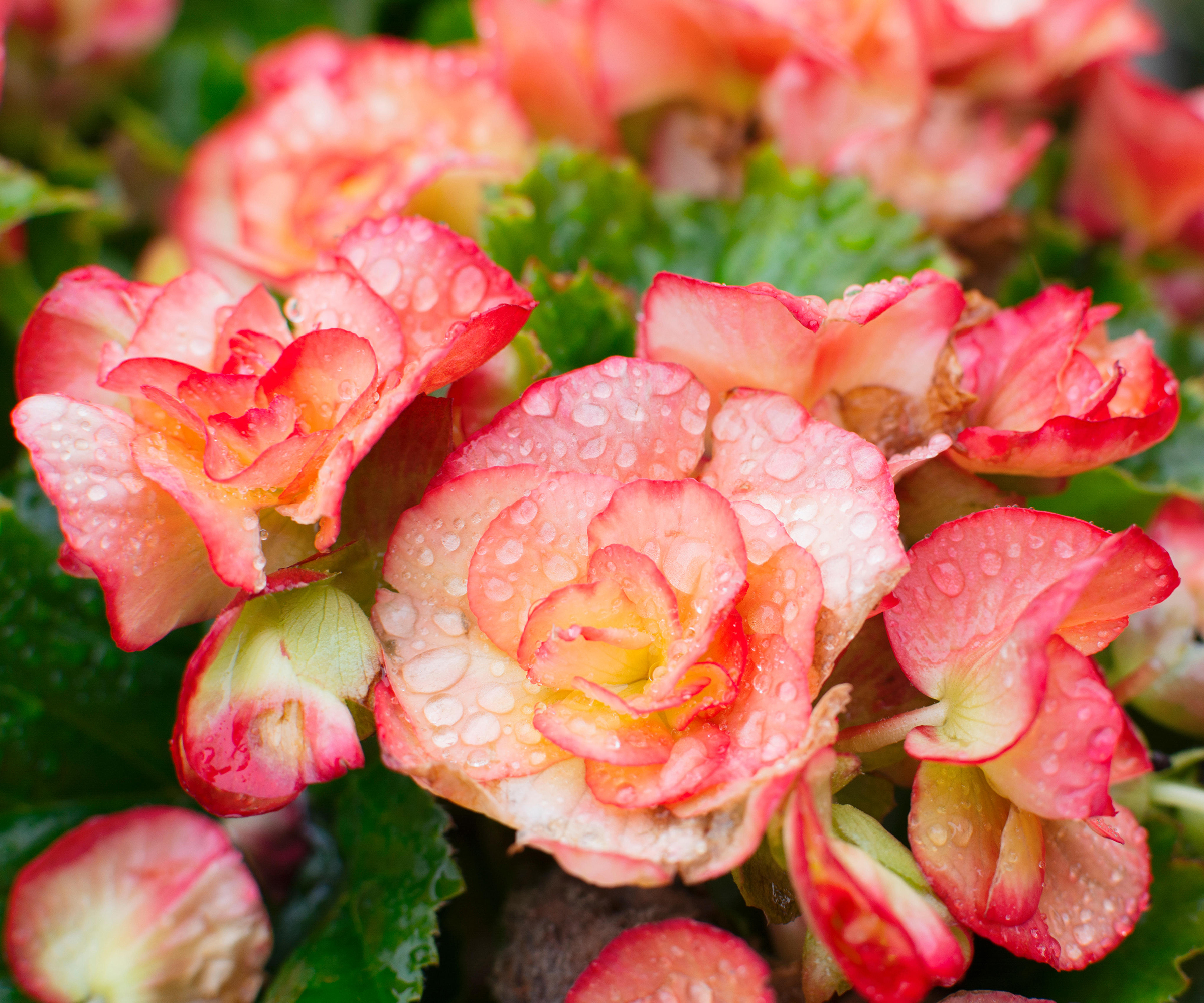
There are many varieties of begonia, with tuberous begonias being particularly popular. These shade-loving beauties are the perfect option for brightening up a dark corner – although they do require a bit of dappled light in the morning or late afternoon. The plants won't survive the midday sun
Start them indoors in early spring, then move them outside just before summer. Though they can be grown as annuals, the tubers can be dug up in the fall and stored until the next spring.
Grow begonias in USDA zones 4-11 in soil that is moist but well-draining, and use a dilute fertilizer weekly.
6. Calibrachoa
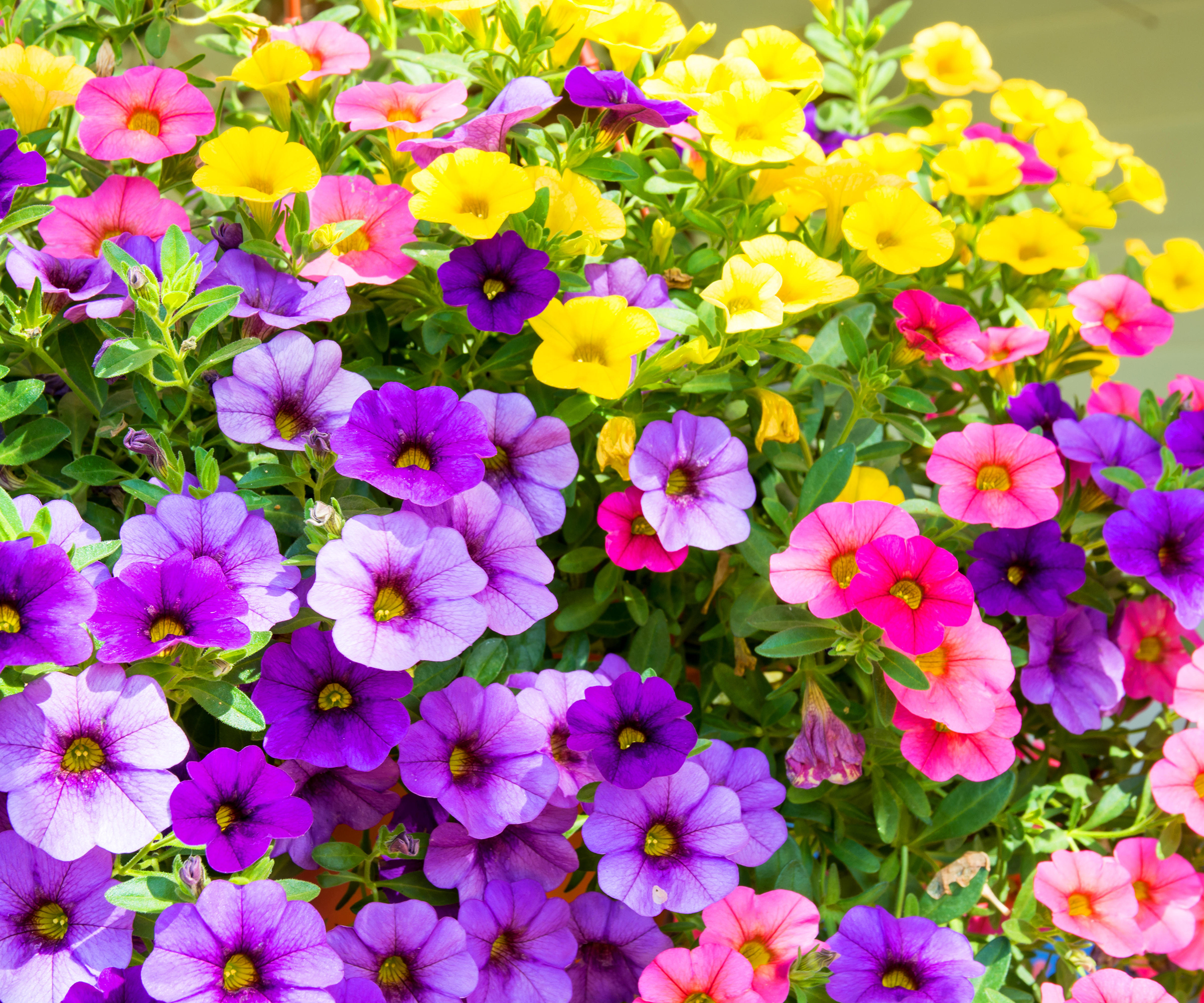
Most commonly grown as an annual, calibrachoa – or million bells – is hardy to USDA zones 9-11. In cooler regions, calibrachoa is most often planted in hanging baskets.
Available in hues from red, orange, magenta, yellow, bronze, blue, and more, calibrachoa is a favorite of hummingbirds. The tiny birds will flock to the miniature petunia-like flowers.
Compact, mounded plants produce blooms from spring through fall in full sun. They produce little seed and are vegetatively propagated.
Another benefit of calibrachoa is that while they look like tiny petunias, they do not suffer during hot, humid months as petunias do.
7. Lantana

In the tropical Americas, lantana is considered a weed but elsewhere is prized for its continuous blooms in shades of pink, orange, white, and yellow and combinations thereof.
Though mostly grown as annual flowers that bloom all summer, lantana can grow into a small woody shrub in USDA zones 7-11, and even survive a frost.
Plant in full sun, in well-draining soil, and fast-growing lantana will reward you with a full season of beautiful flowers.
One note, the flowers give way to clusters of black berries which are toxic.
8. Marigolds
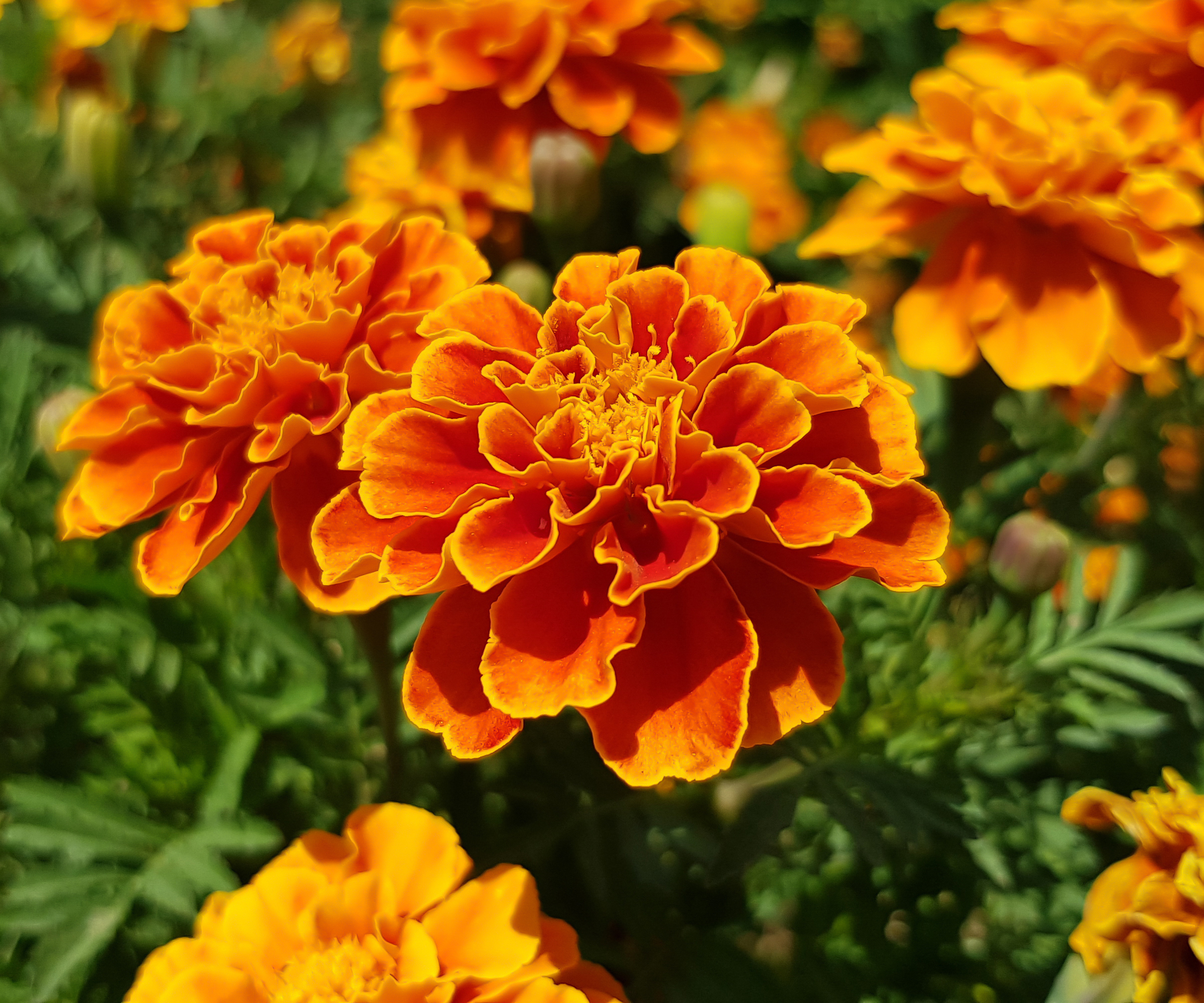
Members of the Aster family, marigolds bear solitary flowers of orange, yellow or red.
The aromatic leaves of the plant repel pests and as such are often used as a companion plant on the vegetable plot.
There are quite a few varieties of marigolds, ranging in height from a scant 6 inches (15cm) to 3 feet (1m) tall.
Deer resistant, easy to grow from seed, heat and humidity tolerant – it’s no wonder marigolds have been popular annual flowers for decades.
9. Impatiens
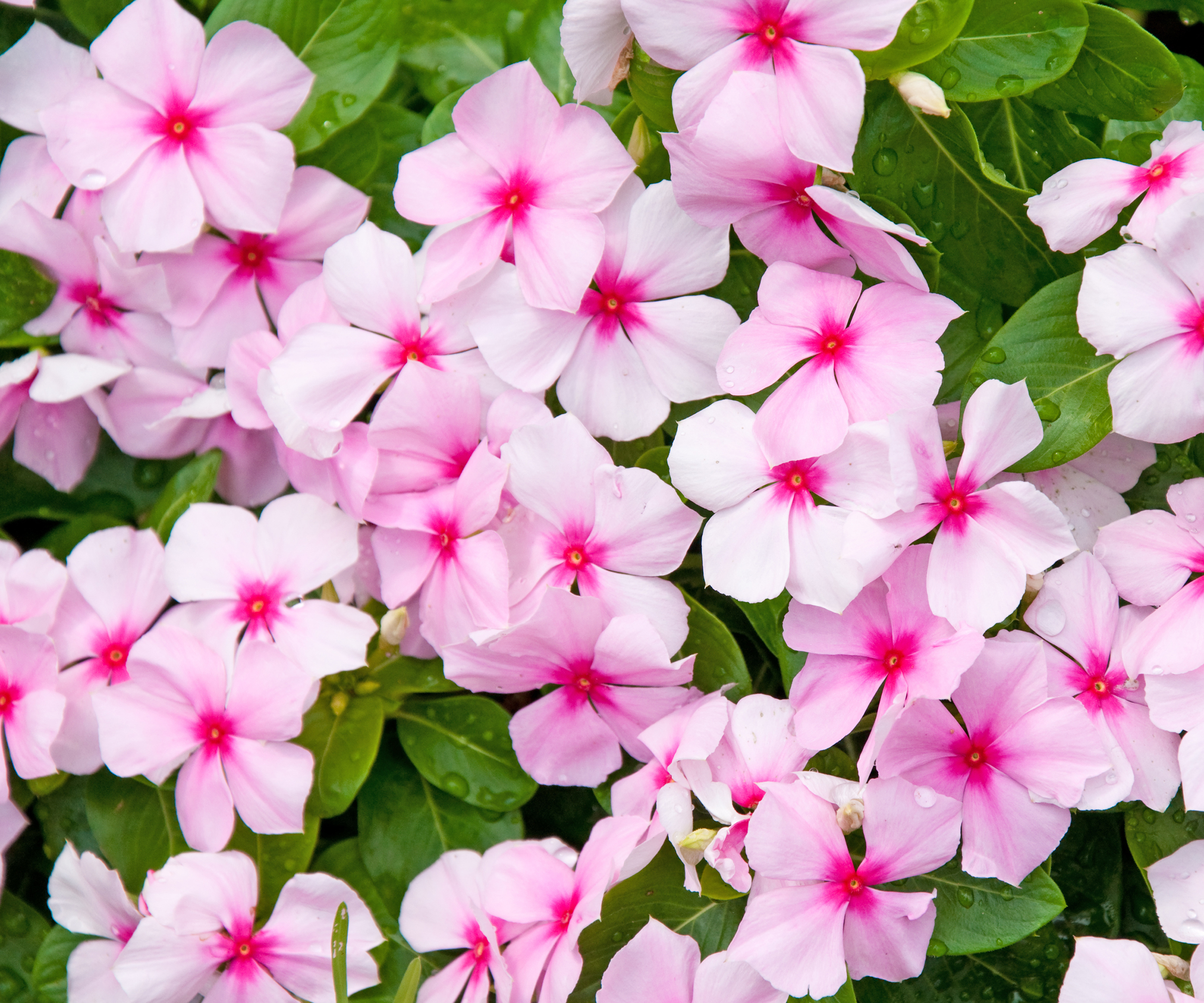
Popular annuals for shade, impatiens produce five-petal blooms perched atop succulent-like stems with scalloped foliage. Blooms may be purple, pink, white, orange, or even variegated.
Plants reach a height of 2 feet (61cm) and bloom from spring until fall. They require moist, rich soil in part to full shade.
While they can be grown from stem cuttings or seeds, impatiens are commonly available as 6-pack plants.

Amy Grant has been gardening for 30 years and writing for 15. A professional chef and caterer, Amy's area of expertise is culinary gardening.
- Melanie GriffithsSenior Editor
-
 Looking For Plants To Give You The Soft And Fuzzies? Try These 5 Fuzzy Leaf Plant Options
Looking For Plants To Give You The Soft And Fuzzies? Try These 5 Fuzzy Leaf Plant OptionsLovers of texture, drama, silver foliage and tactile plants will adore these special sensory garden additions. These fuzzy leaf plant options will leave you all aglow
By Susan Albert
-
 Get Ready For A Summer Of Hummers! Grow These Full Sun Hummingbird Plants and Flowers
Get Ready For A Summer Of Hummers! Grow These Full Sun Hummingbird Plants and FlowersIf you’re lucky enough to enjoy a sunny backyard, make sure you are maxing out on your pollinator opportunities and grow these full sun hummingbird plants and flowers
By Tonya Barnett